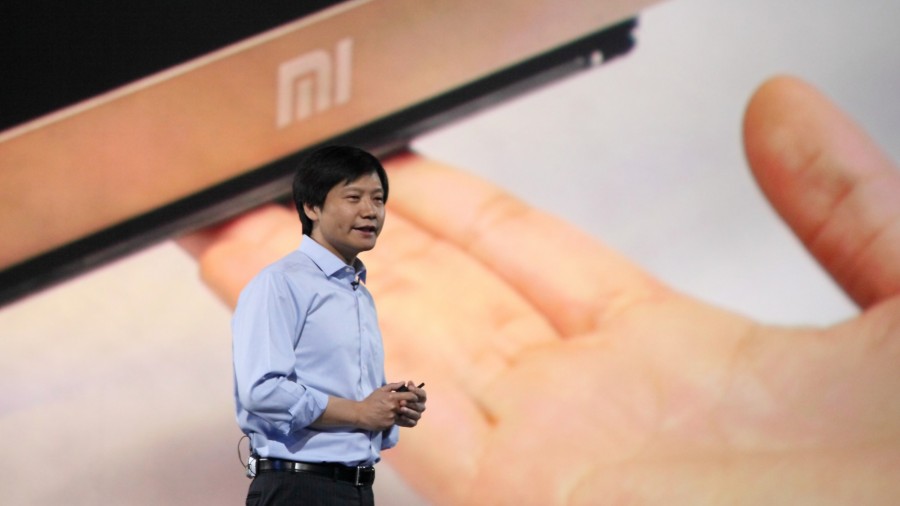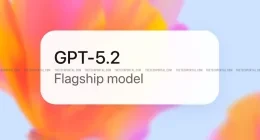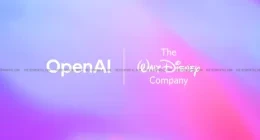Findings published in the journal Nature Communications demonstrate how glass can be manipulated to create a material that will enable the computers to transfer information using light. This development could significantly increase computer processing speeds and power in the future.
The findings, from the Univ. of Surrey in collaboration with the Univ. of Cambridge and the Univ. of Southampton, show that it’s possible to change the electronic properties of an amorphous chalcogenides, a glass material integral to data technologies such as CDs and DVDs.
By using a technique called an ion doping, the team of researchers have discovered a material that could use light to bring together different computing functions into one component, leading to all-optical systems.
Computers currently depend upon electrons to transfer information and process applications, yet data sources such as the internet rely on optical systems; the transfer of information using light. Optical fibers are used to send information around the world at the speed of light, but these signals then have to be converted to electrical signals once they reach a computer, causing a significant slowdown in processing.
Project leader Dr. Richard Curry, who works at Surrey’s Advanced Technology Institute (ATI) :
The challenge is to find a single material that can effectively use and control light to carry information around a computer. Much like how the web uses light to deliver information, we want to use light to both deliver and process computer data. This has eluded researchers for decades, but now we have now shown how a widely used glass can be manipulated to conduct negative electrons, as well as positive charges, creating what are known as ‘pn-junction’ devices. This should enable the material to act as a light source, a light guide and a light detector– something that can carry and interpret optical information. In doing so, this could transform the computers of tomorrow, allowing them to effectively process information at much faster speeds.
Scientists expect that the results of this research may be integrated into computers within ten years. In the short term, the glass is already being developed and used in next-generation computer memory technology known as CRAM, which may ultimately be integrated with the advances reported.
Source: Univ. of Surrey
The Tech Portal is published by Blue Box Media Private Limited. Our investors have no influence over our reporting. Read our full Ownership and Funding Disclosure →







